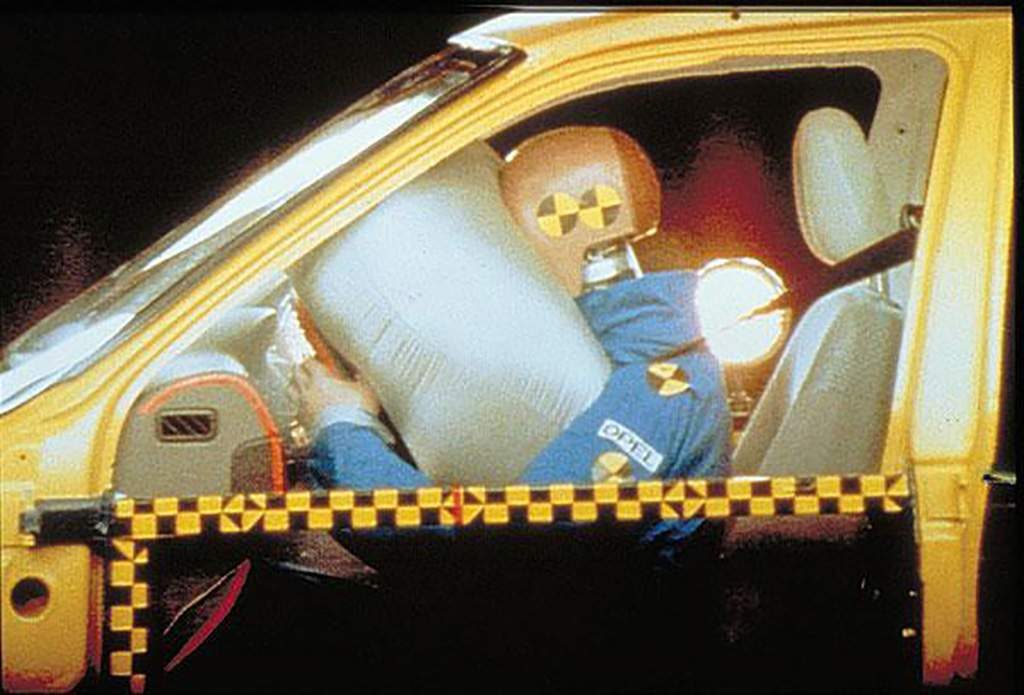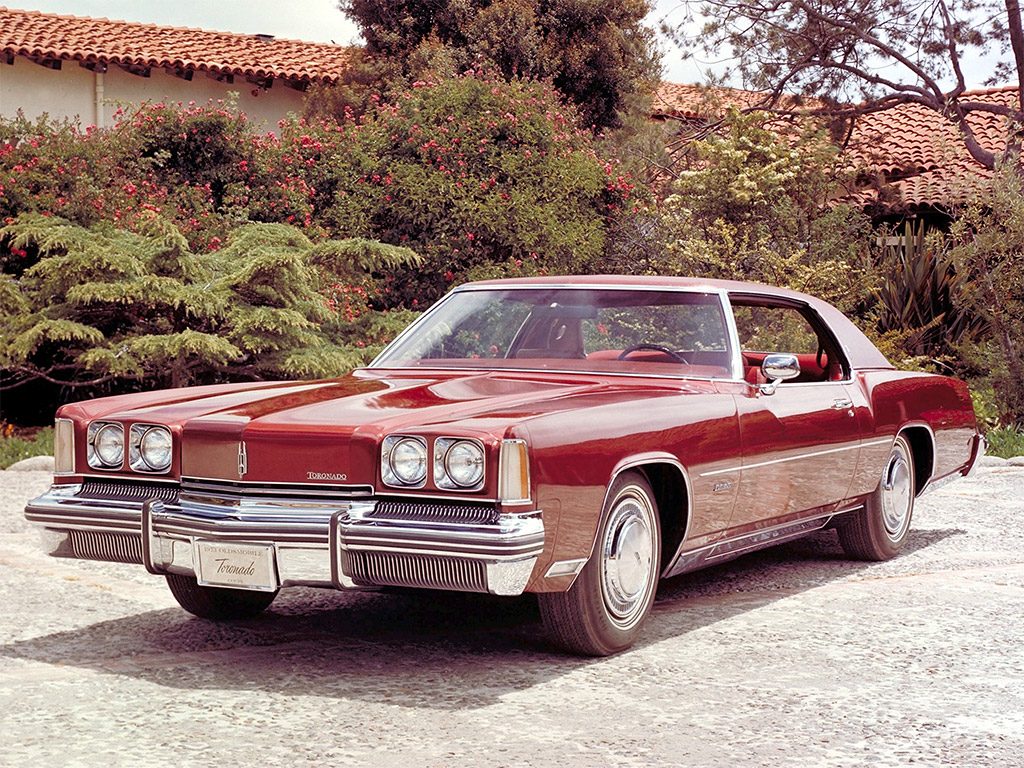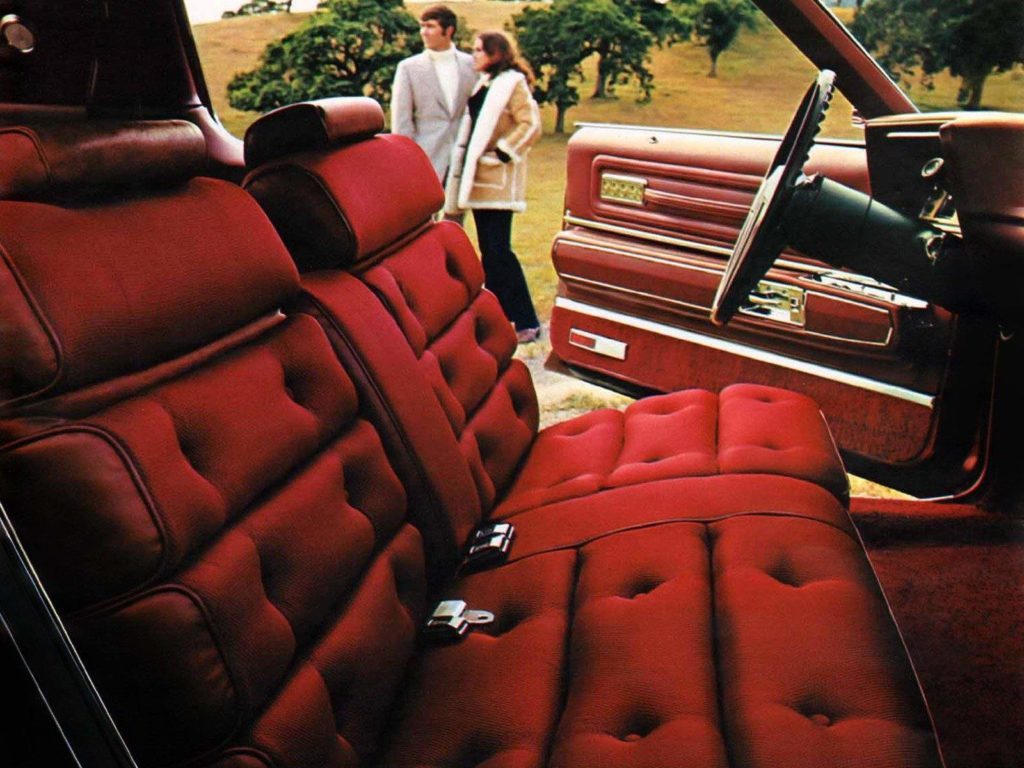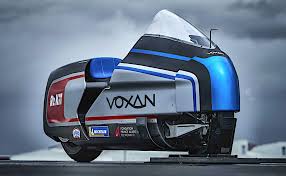When you think of safety features in cars, you quickly think of Volvo or perhaps one of the German brands. However, many inventions can be found first in cars that you would not immediately expect from this. It is the same with the airbag. After the seat belts, the airbag is one of the great inventions in the field of safety for both driver and passengers. In a collision, a cushion built into the steering wheel, dashboard, doors, roof, or seat of your car inflates with gas in a fraction of a second.
The airbag does not originate, as is the case with so many innovations, in the car industry, but in aviation.

Two British dentists, Harold Round and Arthur Parrot, already invented an airbag system in 1919. This system was intended for military pilots to avoid breaking their jaw or more in an airplane crash. Years later, the airbag would make a massive appearance in passenger cars.
Allen K. Breed – Inventor
Allen Breed held the patent for the only crash sensing technology (EMS) available at the birth of the airbag industry. His system was widely invented in 1968 and this was the world’s first electromechanical automotive airbag system.

After working for RCA and establishing a division of the Gruen Watch Company, Allen K. Breed founded his first company, Waltham Engineering. He founded the Breed Corporation in 1961 to develop and manufacture military security and armament equipment. In 1968 Breed designed the first electromechanical crash sensor for airbag systems. From 1969 to 1984, the latest version of the EMS was already available at Breed.
Convinced of the importance of airbags for passenger safety, Breed explained the benefits of his system at conference hearings. In the mid-1980s he received small orders for the EMS from General Motors, Chrysler and Ford. Finally, in 1984, passive restriction rules led to the widespread birth of the airbag industry, with BREED Corporation as the only supplier in the world with sensor technology for car safety systems at the time. In 1997 Allen K. Breed received a Lifetime Achievement Award from Automotive & Transportation Interiors Magazine for his contribution to passenger safety.
However, we also find patents for airbags in the 1950s. Patent applications were filed as early as 1951 by German Walter Linderer and American John Hedrik. Walter Linderer’s airbag was based on a compressed air system that was activated by bumper contact or by the driver. However, research in the 1960s found that compressed air was unable to inflate an airbag fast enough.
Aitbag Introduced By OldsMobile
In 1971 Ford built an experimental fleet of cars with airbags and General Motors tested airbags on a 1973 Chevrolet model that were only sold to the government. In 1972 the Oldsmobile was the one introduced the first car with a passenger airbag to the general public. General Motors soon followed with the option of driver side airbags in full-sized Oldsmobile and Buick’s in 1975 and 1976 respectively. Cadillacs were also available with driver and passenger airbags during the same years. However, these early versions were not yet safe and resulted in some fatalities from airbags. In addition, there was hardly any interest from the consumer in this option. In the years that followed, GM and Ford subsequently opposed the use of airbags. This lasted until the mid-eighties.


Airbags were relisted in 1984, this time as an option on the 1984 Ford Tempo. Ten years later, the TRW company started producing the first gas-inflated airbag. Nowadays you can find airbags in almost every car. In Europe, the Ford Escort was the first to come with an airbag in the early 1990s.
Type of Aibag
There are two types of airbags; frontal and the different types of side airbags. Advanced frontal airbag systems automatically determine whether and with what force the driver and passenger airbags should inflate. This force is determined by a sensor that determines the size of the person, his sitting position, whether or not the belt is worn and the severity of the collision. Side airbags are inflatable devices designed to protect the head and / or chest in the event of a severe crash hitting the side of the vehicle.































Discussion about this post